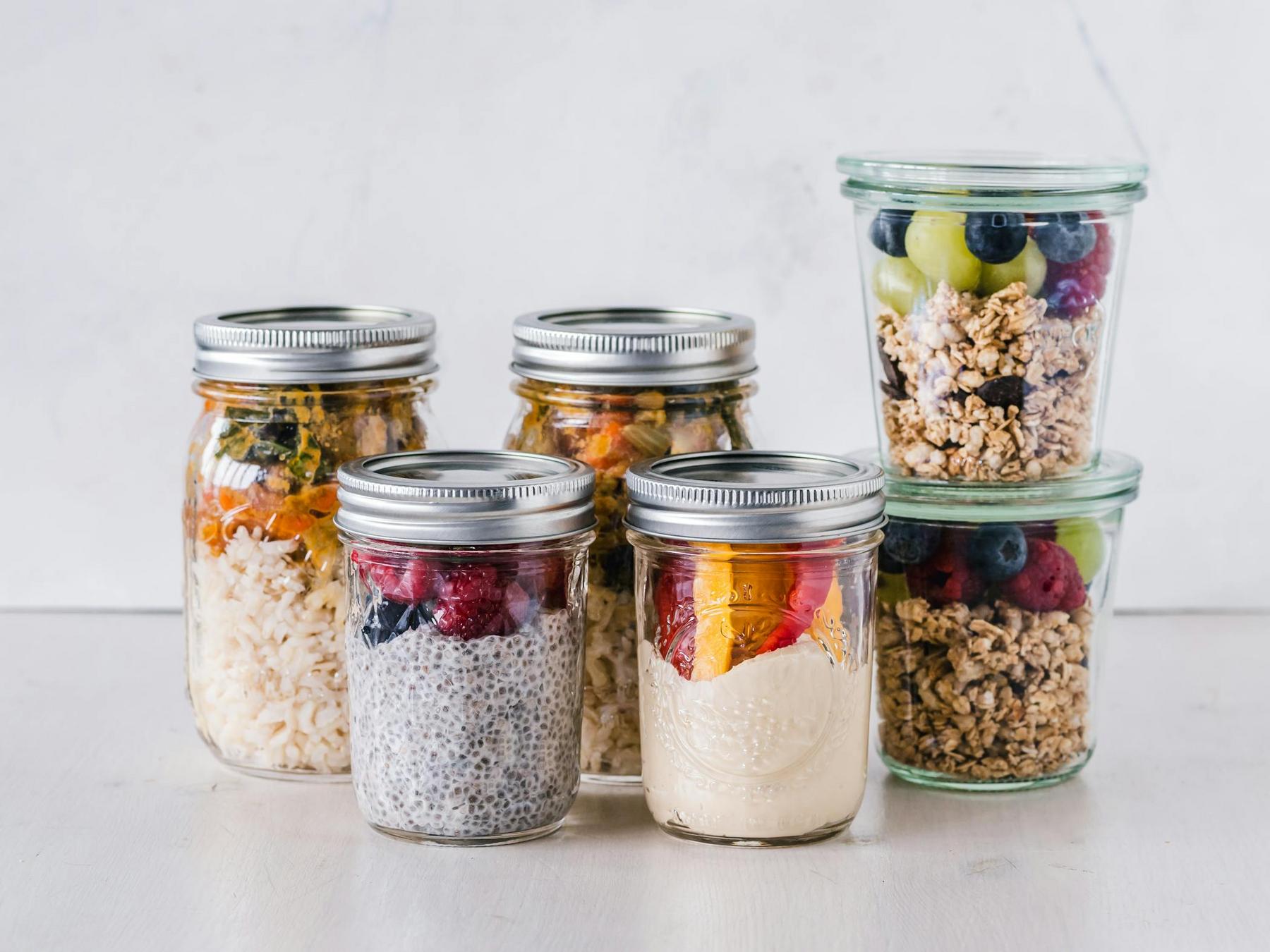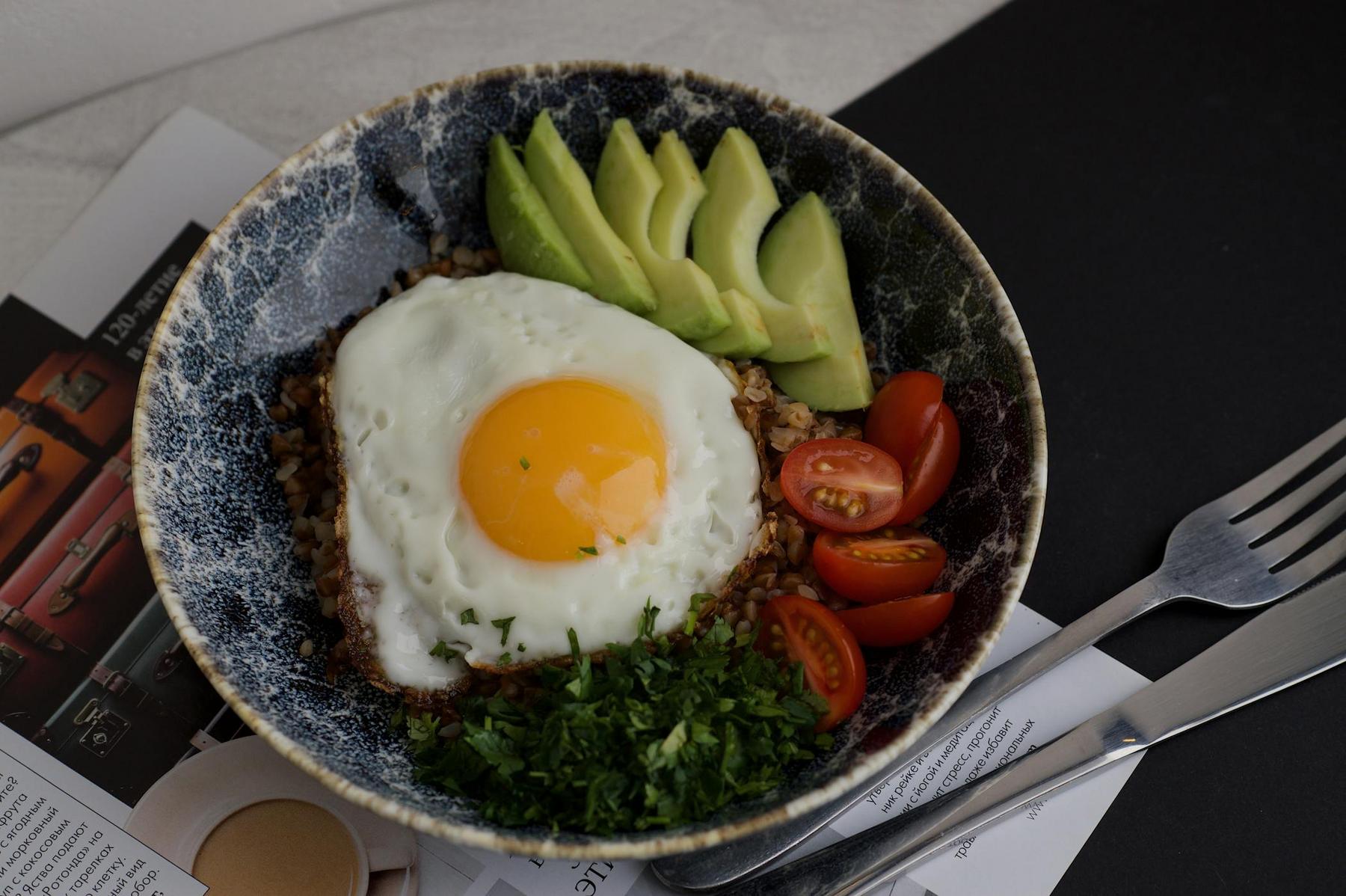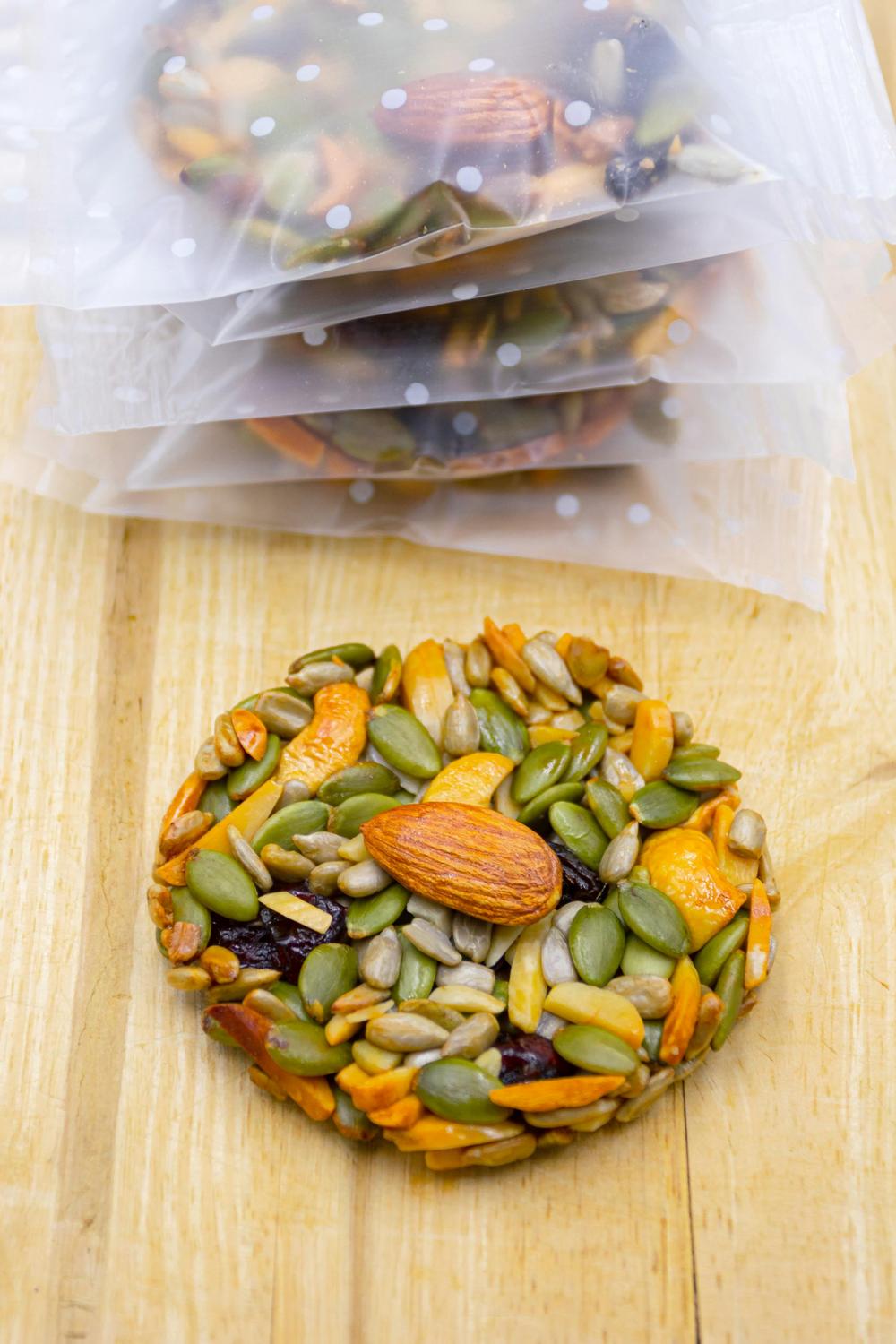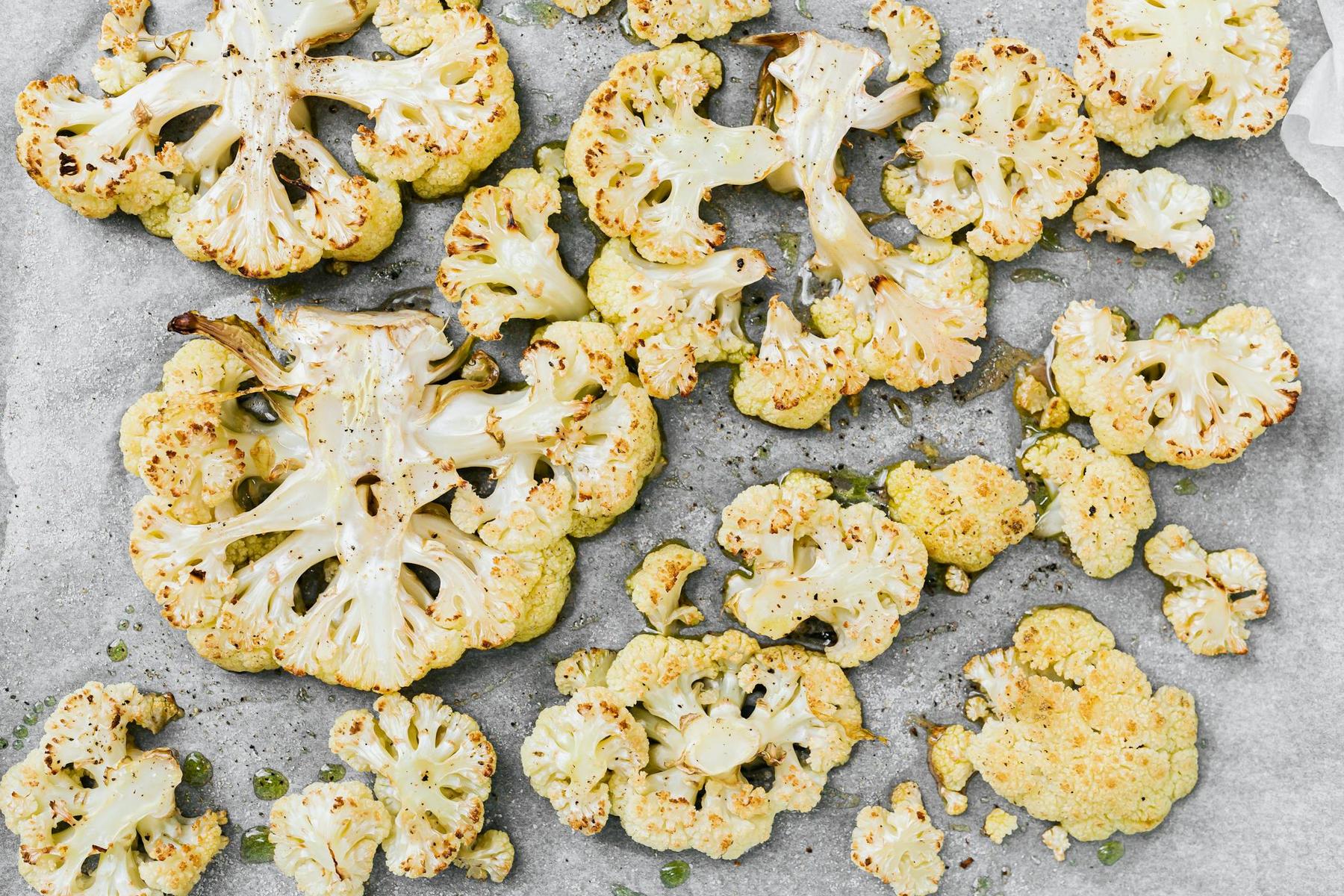The supermarket checkout queue presents a familiar scene: brightly coloured packets promising convenience, shelves stacked with processed foods engineered for maximum appeal. For 89% of young Australian adults who consume snack foods regularly, these ultra-processed options have become dietary staples. Yet behind the marketing lies a concerning reality—snacks now contribute 13.2% of total energy intake and account for 23.4% of daily sugar consumption among Australians. With 65.8% of Australian adults living with overweight or obesity as of 2022-23, the snacks filling our pantries demand closer examination. The solution doesn’t require deprivation or complicated meal planning. Making healthy snack swaps through homemade alternatives offers a practical, evidence-based approach to improving nutrition whilst maintaining satisfaction and convenience.
What Makes Commercial Snacks Problematic for Your Health?
Ultra-processed foods dominate the Australian food landscape, comprising approximately 57% of caloric intake in adults and 67% in children. These industrial formulations—characterised by five or more ingredients including substances rarely used in home kitchens—present significant health risks backed by extensive research.
The nutritional profile of commercial snacks reveals concerning patterns. Ultra-processed foods typically contain elevated levels of sugar, saturated fat, and sodium whilst offering minimal fibre, micronutrients, and vitamins. Research demonstrates that individuals consuming high ultra-processed food diets ingest approximately 500 additional calories daily compared to those eating unprocessed foods, resulting in roughly 0.45 kg of weight gain weekly.
The Health Impact of Ultra-Processed Snacking
Meta-analyses examining hundreds of thousands of participants reveal substantial health risks associated with ultra-processed food consumption:
Cardiovascular Disease: High consumption correlates with 17% increased cardiovascular disease risk, 23% greater coronary heart disease risk, and 9% elevated stroke risk. These foods contribute to increased blood pressure, elevated LDL cholesterol, and reduced HDL cholesterol.
Metabolic Dysfunction: Each 10% increase in ultra-processed food consumption associates with 12% higher type 2 diabetes risk. The high glycemic index of many commercial snacks causes rapid blood sugar spikes and crashes, whilst additives may disrupt gut microbiota and metabolic processes.
Cancer and Mortality: Research links 10% more ultra-processed food consumption with increased risk of colorectal, breast, and pancreatic cancers. All-cause mortality increases 15% with highest versus lowest consumption levels.
The Hidden Ingredients Problem
Commercial snacks contain numerous additives designed to enhance palatability, extend shelf life, and reduce production costs. These include high-fructose corn syrup, hydrogenated oils, modified starches, artificial sweeteners, emulsifiers, and colourants—ingredients that transform whole foods into highly processed products bearing little resemblance to their original form.
More than half of packaged food on Australian supermarket shelves qualifies as unhealthy, with unhealthy products promoted almost twice as frequently through end-of-aisle displays and price discounts. This food environment particularly affects disadvantaged areas where nutritious food costs more and accessibility decreases.
How Do Homemade Snack Alternatives Support Weight Management?
Creating snacks at home fundamentally shifts control from manufacturers to consumers, enabling precise management of ingredients, portions, and nutritional content. This control proves particularly valuable for individuals managing weight through comprehensive healthcare approaches.
Ingredient Sovereignty and Nutritional Quality
Homemade alternatives allow complete oversight of:
- Sugar Content: Natural sweeteners like honey, maple syrup, or whole fruits replace refined sugars and artificial sweeteners. Whilst added sugars should constitute less than 10% of total dietary energy, over half of Australians exceed this limit.
- Sodium Levels: Herbs and spices provide flavour without excessive salt. Commercial snacks often contain high sodium content.
- Fat Quality: Selection of healthy monounsaturated and polyunsaturated fats from nuts, seeds, avocado, and olive oil replaces hydrogenated oils and saturated fats common in commercial products.
- Additive Elimination: Removing artificial colours, flavours, emulsifiers, and preservatives reduces exposure to substances that may affect metabolism and gut health.
Portion Control and Satiety
Homemade snack swaps enable strategic portion sizing that supports sustainable weight management. Pre-portioned options prevent mindless eating whilst providing precise caloric control. Research demonstrates that small dietary changes through healthy food swaps can reduce the risk of developing chronic conditions such as heart disease, type 2 diabetes, and obesity.
For individuals on structured weight management programmes, homemade alternatives offer several advantages:
- Strategic snacking with nutrient-dense whole foods
- Protein-rich snacks to maintain muscle mass
- Fibre-rich options to prevent energy crashes
- Proper timing to maintain stable blood sugar and reduce cravings
Which Homemade Snacks Provide the Best Satiety and Nutrition?
Satiety—the feeling of fullness after eating—is critical for preventing overeating and supporting weight maintenance. The nutritional composition of snacks significantly influences satiety levels and subsequent eating behaviour.
The Protein Advantage
Protein-rich snacks, such as Greek yogurt, hard-boiled eggs, tree nuts, and legumes, delay hunger more effectively than carbohydrate- or fat-dominant options. Combining these with fruits and vegetables further enhances satiety and nutritional balance.
Fibre’s Filling Power
Whole foods high in fibre promote satiety without significantly increasing overall energy intake. Fresh fruits, whole grains, and vegetables offer a sustained release of energy and help maintain steady blood sugar levels.
The Whole Food Formula
Effective homemade alternatives combine multiple nutrients for optimal satiety:
- Protein Sources: Greek yogurt, nuts, hard-boiled eggs, cottage cheese
- Fibre Contributors: Fruits, vegetables, whole grains, legumes
- Healthy Fats: Nuts, seeds, avocado, olive oil
- Appropriate Portions: 100-300 calories per snack
What Are the Most Practical Healthy Snack Swaps You Can Make Today?
Transitioning to homemade alternatives requires neither culinary expertise nor extensive time investment. Simple swaps can deliver significant nutritional improvements while maintaining convenience.
High-Protein Swaps
- Cottage Cheese with Fruit: Replaces flavoured yogurts laden with added sugars.
- Cheese and Whole Grain Crackers: Offers protein, calcium, and fibre.
- Nut Butters: Spread on apple slices or celery for a balanced snack.
Vegetable-Centred Options
- Vegetable Sticks with Hummus: A low-calorie, nutrient-rich option.
- Cherry Tomatoes with Mozzarella: Provides calcium, fibre, and antioxidants.
- Roasted Chickpeas: A crunchy alternative to crisps.
Fruit-Based Alternatives
- Apple Slices with Peanut Butter: Combines natural sugars and healthy fats.
- Mixed Berries with Yogurt: Delivers antioxidants and probiotics.
- Frozen Banana or Mango on a Stick: Dipped in dark chocolate for a treat.
Whole Grain Solutions
- Whole Grain Rice Cakes with Avocado: Supplies healthy fats and fibre.
- Homemade Granola Bars: Made with oats, nuts, seeds, and dried fruit.
- Homemade Trail Mix: Customisable and free from added sugars.
No-Cook Convenience Options
- Energy Balls: Made from dates, nuts, seeds, and nut butter.
- Chia Seed Pudding: A simple overnight preparation with omega-3 fatty acids.
- Smoothie Bowls: Blended frozen fruits with yogurt, topped with nuts and seeds.
How Can You Successfully Transition to Homemade Snacking?
Successful transition to homemade snacking involves planning and small, sustainable changes.
Building Your Homemade Snacking Foundation
- Pantry Essentials: Stock up on nuts, seeds, whole grains, dried fruits, and natural sweeteners.
- Batch Preparation: Spend 30 minutes during weekends to prepare and portion snacks for the week.
- Cost Management: Purchase ingredients in bulk and use reusable containers to reduce costs and waste.
Navigating the Food Environment
Plan your shopping, read labels carefully, and ensure healthy options are visible and accessible at home.
Overcoming Common Barriers
Address time constraints with batch-prepped options, experiment with flavours to suit your taste, and gradually introduce new recipes as confidence grows.
Alignment with Australian Dietary Guidelines
Homemade snacks naturally incorporate whole grains, lean proteins, fruits, vegetables, and dairy, adhering to guidelines that recommend low energy, saturated fat, sodium, and added sugar per serving.
Supporting Long-Term Health Through Sustainable Changes
The benefits of healthy snack swaps extend beyond immediate nutritional improvements. Small, sustained dietary changes can lower the risk of chronic conditions such as heart disease, type 2 diabetes, some cancers, and obesity. Homemade snacks help maintain stable blood sugar, reduce cravings, and support overall well-being, empowering individuals to take control of their nutrition without sacrificing convenience.
By replacing ultra-processed commercial options with homemade alternatives, you can reduce harmful additives, improve satiety, and enjoy significant long-term health benefits. This approach not only supports weight management but also fosters ingredient awareness and nutritional sovereignty, leading to a healthier, more sustainable lifestyle.
What are the healthiest homemade snack alternatives for weight loss?
The healthiest homemade snack alternatives combine protein and fibre to maximize satiety while keeping calorie content in check. Options such as Greek yogurt with berries, hard-boiled eggs, vegetable sticks with hummus, and air-popped popcorn are effective. These choices help maintain muscle mass, stabilize blood sugar, and reduce cravings between meals, making them ideal for weight management.
How do homemade snacks compare nutritionally to commercial packaged snacks?
Homemade snacks generally offer a superior nutritional profile compared to commercial options. With control over ingredients, you can reduce sugar, unhealthy fats, sodium, and artificial additives, while boosting fibre, protein, and healthy fats. Research shows that diets high in ultra-processed foods may lead to an excess of 500 calories per day, contributing to weight gain, which homemade alternatives can help prevent.
Can making healthy snack swaps really reduce my risk of chronic disease?
Yes, evidence suggests that swapping ultra-processed snacks for homemade alternatives can reduce the risk of chronic diseases such as heart disease, type 2 diabetes, and certain cancers. By lowering intakes of harmful additives, unhealthy fats, and excess sugars, these swaps help manage blood pressure, cholesterol levels, and overall metabolic health.
What are the easiest no-cook homemade snacks for busy schedules?
No-cook options like energy balls (made from dates, nuts, and seeds), chia seed pudding, fresh fruit with nut butter, and pre-portioned vegetable sticks with hummus are ideal for busy individuals. These recipes require minimal preparation and can be made in batches, making healthy snacking convenient during hectic weeks.
How can I ensure my homemade snacks are actually healthy and not just disguised junk food?
To ensure homemade snacks are truly healthy, follow evidence-based nutritional guidelines. Focus on whole foods from all five food groups, limit added sugars, unhealthy fats, sodium, and avoid excessive processing. Use natural sweeteners, lean proteins, and ample fibre to create balanced snacks that promote satiety and overall well-being.



